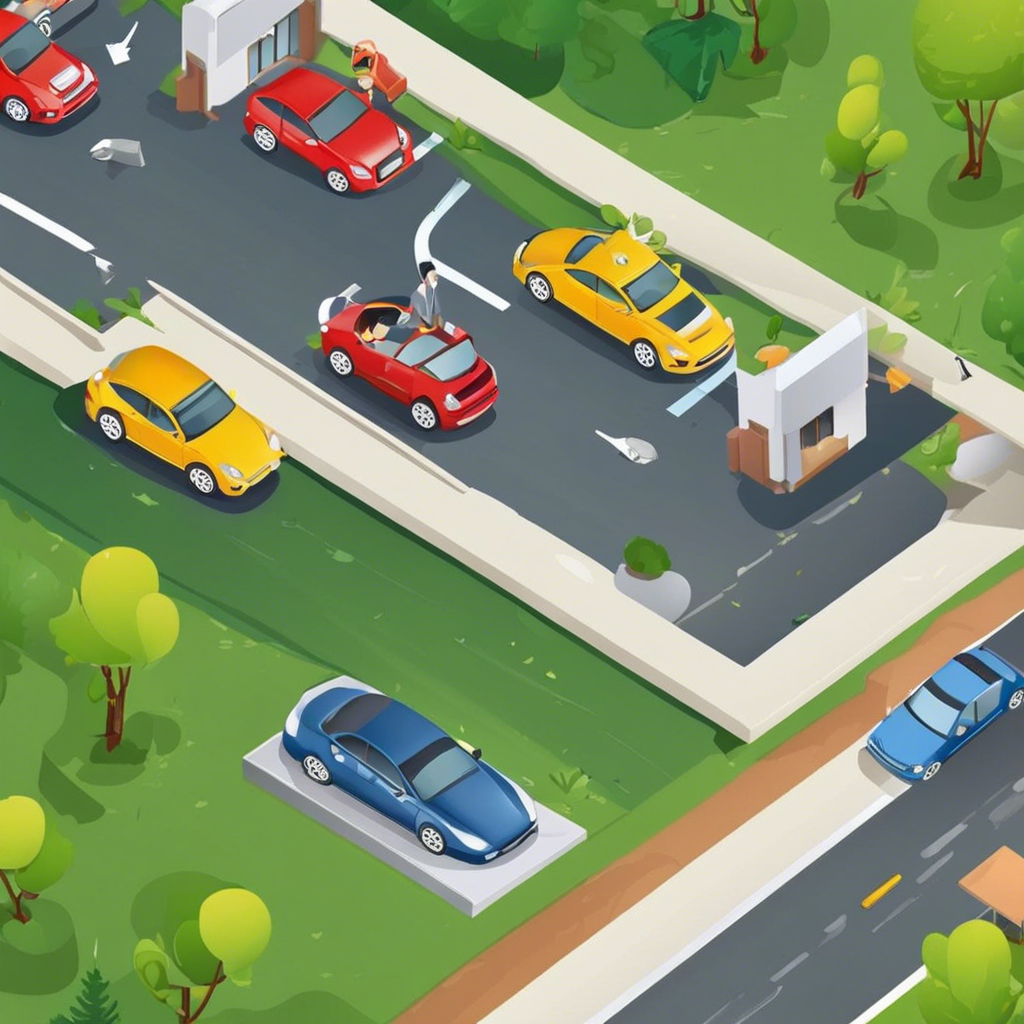Understanding your car insurance policy and the different types of coverage it includes is essential for every driver. One crucial component of auto insurance is liability coverage, which can protect you from significant financial risks. Here’s an in-depth look at what liability coverage entails and why it’s a vital part of your car insurance.
When it comes to car insurance, liability coverage is designed to shield you from costs associated with injuries and property damage that you or other drivers on your policy might cause to other people or their property. This coverage is typically broken down into two main parts: bodily injury liability and property damage liability. Bodily injury liability covers medical expenses, loss of income, and pain and suffering of others affected by an accident you caused. Property damage liability, as the name suggests, covers the repair or replacement of others’ property, including vehicles, buildings, or any other items that are damaged in an accident you’re responsible for.
90% of US states require drivers to have a minimum level of liability coverage, making it one of the most critical components of any car insurance policy. This is because it protects not only you but also others involved in an accident with you. Without liability coverage, you could be held personally responsible for all costs associated with an accident, which could potentially lead to financial ruin.
When selecting liability coverage, it’s essential to consider the limits of your policy. Liability insurance limits are typically expressed as three numbers representing the maximum payout for bodily injury per person, bodily injury per accident, and property damage per accident, respectively. For example, a policy with limits of $25,000/50,000/25,000 means it would pay up to $25,000 for one person’s injuries in an accident, up to $50,000 in total for all injuries in one accident, and up other $25,000 for property damage from that accident.
Understanding your liability coverage is crucial, as it ensures that you are adequately protected in case of an accident. While it might seem tempting to opt for minimum coverage to save on premiums, it’s essential to remember that it may not be sufficient in a severe accident, leaving you financially vulnerable. Therefore, it’s wise to work with your insurance provider to determine the most suitable coverage limits for your needs and budget.

